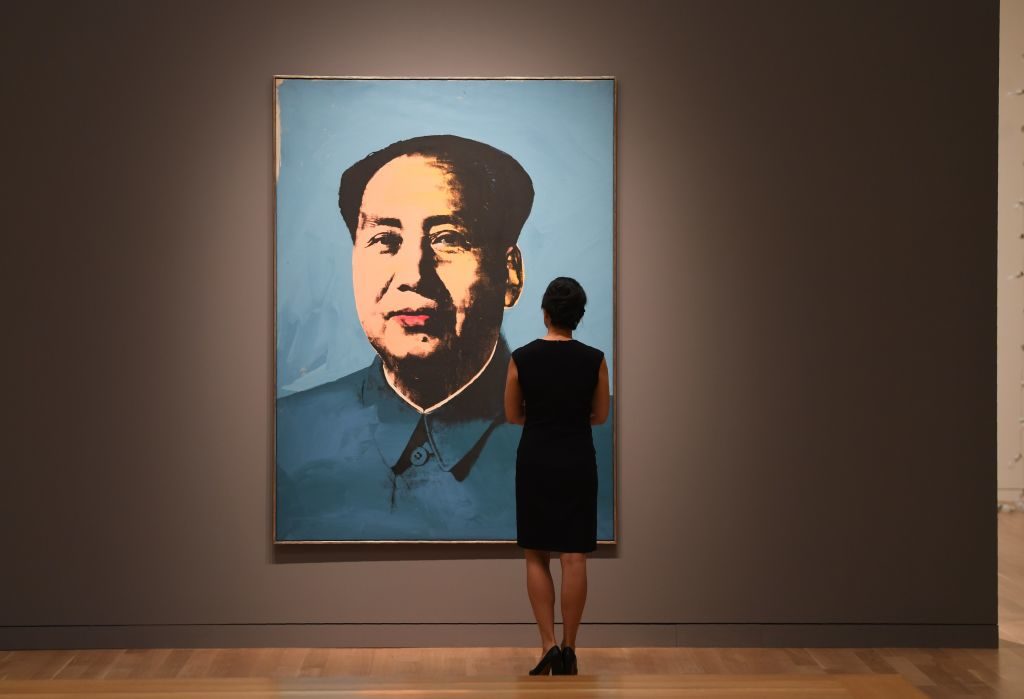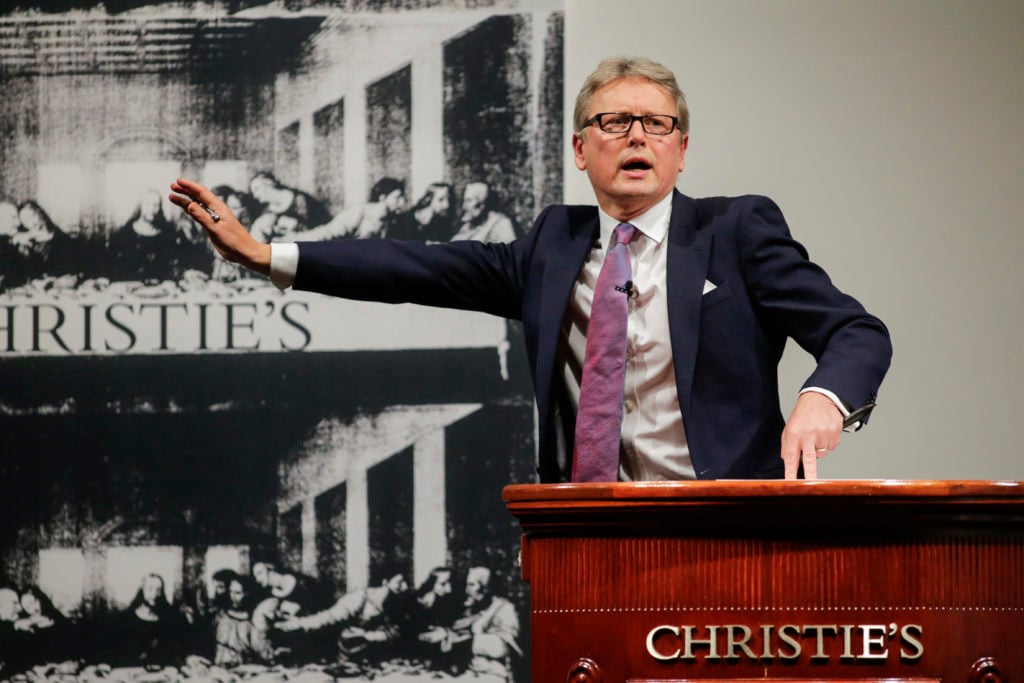Auctions
Behind Closed Doors: Why the Auction House Giants Are Doubling Down on Private Sales
The battle for supremacy between Christie's and Sotheby's has moved out of the salesroom and into the shadows.

The battle for supremacy between Christie's and Sotheby's has moved out of the salesroom and into the shadows.

Henri Neuendorf

Auction houses expanded their reach into the world of private sales long ago. But as competition between the major houses intensifies, the battle for supremacy has moved from the high-profile arena of their marquee public auctions to the time in between their splashy bi-annual sales, to the discreet transactions that take place behind closed doors.
Today, Sotheby’s and Christie’s (and to a lesser extent Phillips) are striving to become one-stop shops for clients, pouring significant resources into developing alternative revenue streams outside of the sales room. These include online sales and curated sales, but especially lucrative private sales, putting them in direct competition with galleries.
Private sales don’t just offer a new revenue stream. They also offer another tool in the auction-house arsenal for winning clients.
“We want to have a comprehensive suite of offerings, as opposed to saying, ‘We’ll take your painting or we won’t take your painting, in May or February,’” David Schrader, head of Sotheby’s private sales division, told artnet News. “We want to come to you and say, ‘You’ve got a collection of 10 pieces; to maximize your value we could place three at auction, one in private sales, and three you should hold on to.’”
Statistics show that even though private sales already make up a sizable chunk of auction house revenue, there is still room for growth. According to Art Basel’s “The Art Market 2017” report compiled by art economist Clare McAndrew, all of the top-tier houses engaged in private sales in 2016, accounting for an average of 16 percent of turnover.
That same year, market leader Christie’s logged $936 million from its private sales division (accounting for 17 percent of its total sales), while Sotheby’s recorded $583 million (accounting for 14 percent of its total sales).
Given the potential for boosting these numbers, it only makes sense for the major houses to double down on private transactions, taking advantage of their pre-existing networks of thousands of clients around the world.
Indicating an increasing focus on this sphere, last February Sotheby’s recruited Schrader, a 20-year veteran of JP Morgan. Now he leads the dedicated department of 10 to 12 people split between London and New York.

David Schrader. Photo courtesy of Sotheby’s.
By comparison, Christie’s operates a more traditional model. The house doesn’t have a dedicated private sales division. Instead, it leaves decisions about the most appropriate channel to the relevant specialist.
“We’ve been working this way for many generations and it works extremely well,” Christie’s global president Jussi Pylkkänen told artnet News. “My strong conviction is that the senior directors who handle the valuation of works of art should be responsible for giving advice on the environment in which the object should be sold. Surely that’s in the client’s best interest.”
What are the advantages for collectors who choose to go the private treaty route, as opposed to selling through a more traditional private-sales avenue, like a gallery?
Both Schrader and Pylkkänen point to the twin benefits of extensive client lists and insider market knowledge as selling points. “We sell a very signifiant number of works, which gives us the opportunity to discover who’s in the market to buy certain works at a certain price levels. That’s a massive advantage,” Pylkkänen said. “Our vendors know that we have those relationships with the buyers, so they’re happy to work with us.”
For his part, Schrader points out that few private dealers or galleries have the ability and manpower to match the sheer breadth of inventory that moves through a major international auction house.
“We have unique opportunities multiple times a year in multiple jurisdictions where we have a very large flow of our best customers who are in town,” he boasted. “There’s a greater variety of offerings, where a gallery may only sell 5, 10, or 20 artists. In this room alone there’s 100 different pieces by 100 different artists that cover a wide span. We’ve got an entire floor that has Impressionist and Modern, and we have the ability to sell a broader variety of items too.”
Both Schrader and Pylkkänen emphasize that each sales channel—public auction and private sale—has distinct advantages and disadvantages. And they both stress that the appropriate venue for each artwork is evaluated on a case-by-case basis, depending on the work and the client’s needs.
“If you own something of great quality, you do like certainty,” Pylkkänen says. While guarantees can offer a degree of security when a work goes to auction, there is always the underlying risk that the piece will not sell in the public arena, rendering it undesirable (“burning” it, in auction-house jargon).

Auctioneer Jussi Pylkkänen takes bids at the auction of Leonardo da Vinci’s “Salvator Mundi” during the Post-War and Contemporary Art evening sale at Christie’s on November 15, 2017 in New York City. (Photo by Eduardo Munoz Alvarez/Getty Images)
“With private sales you can ask a particular price and if the prospective purchaser doesn’t want to pay it then the piece hasn’t been shown [publicly] and you can think of a different way of finding a buyer for it,” he explained.
Schrader also mentions discretion, as well as transparent commission structures, and Sotheby’s five-year authenticity guarantee as additional arguments to sell one-to-one through an auction house rather than through a gallery or private dealer who are often unable to provide the same assurances.
Still, public auctions aren’t going anywhere. They remain vital to the houses—and for more reason than just the publicity they generate. The complex psychology and frenzied atmosphere of the big public events can drive prices to unexpectedly high levels, Pylkkänen noted.
“At the top level we’ve seen the Modigliani Nu Couché made $100 million more than had been achieved for Modigliani at auction before. And the Leonardo—we know what happened with that very recently,” he said, alluding to Christie’s record-breaking $450 million sale of Salvator Mundi last November.
“It’s a great option to have at the moment,” he concluded. “The art market is very strong and there’s an incredible range of collectors who want to buy great things.”